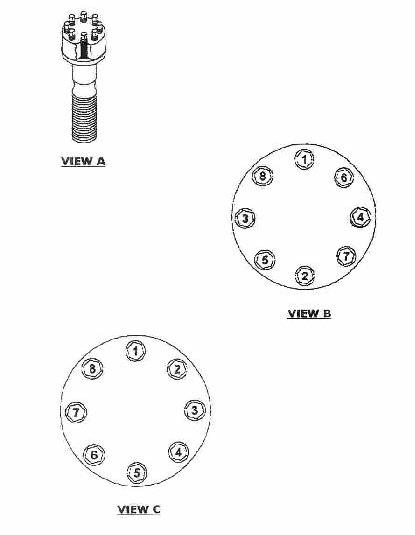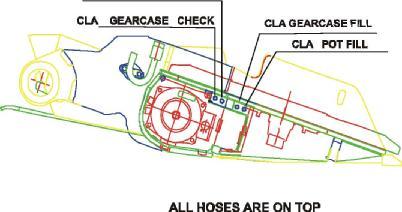
1 minute read
Tractor frame assembly—see figure 1 5
Storage and transport
Storage and transport
This chapter contains important information on the correct storage and transport of the Dash series Continuous Miner ®. Observance of the instructions and tips will increase the service life and availability of the machine. You will also be able to carry out the transport work quicker and more safely. Careful attention to the points in this chapter will help you to simplify your day-to-day work.
corrosion protection
Storage
Components coated with temporary corrosion inhibitor are protected for approximately six months.
Before delivery, the hydraulically operated equipment is operated and all gear boxes, hydraulic oil tank, etc. are filled to their maximum fill point.
Storage of the machine and spare parts
no direct exposure to sunlight
Store the equipment indoors or cover with a tarpaulin to protect against direct exposure to sunlight. Store the electrical equipment, electronic components, spare parts of rubber or plastic – such as seals and hoses – and hydraulic fluids only in closed rooms at temperatures of 60° F (15° C) to 77° F (25°C).
Protect the equipment and all spare parts stored outdoors against moisture and dirt, e.g. using tarpaulins.
The mounting surfaces of hydraulic components must be protected against corrosion and sealed with blind plates. Protect the hydraulic plug connectors and the connectors of the electrical cables with the caps and plugs supplied.
During short-term storage (approximately 4 weeks) of equipment outdoors, but at temperatures above freezing, electrical components need not be removed. Such components must be particularly protected against excessive temperatures, dirt and moisture.
If the equipment is to be stored more than six months, the hydraulic components must be completely filled with a corrosion inhibiting/frostproofing fluid such e.g. CV 50.
Fill the hollow areas of hydraulic components (e.g. the piston chambers) in horizontal position (ports facing upwards) until they start to overflow. Then seal the ports with plastic or steel plugs.
The equipment must be stored in a well ventilated, dry room. Do not store outdoors.





